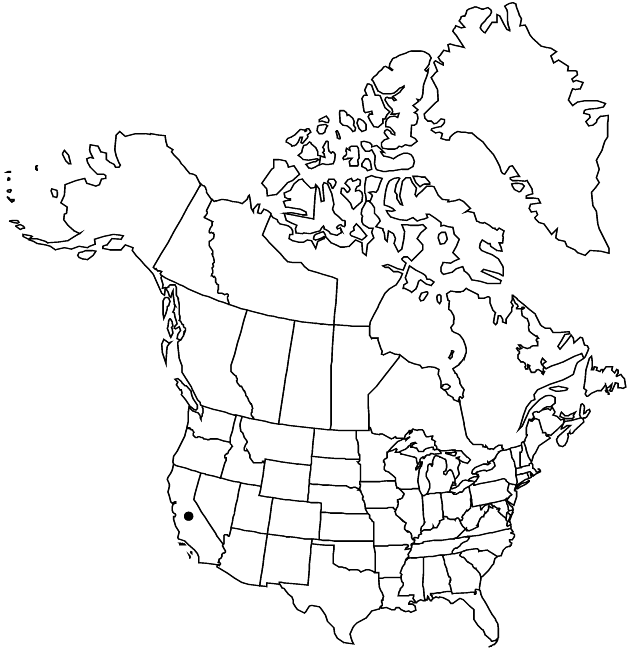Senecio elegans
Sp. Pl. 2: 869. 1753.
Annuals, 20–40 (–60) cm (taprooted). Herbage (somewhat sticky) hairy or unevenly glabrate. Stems single (often branching distally). Leaves evenly distributed; petiolate (petiole bases ± expanded); blades obovate (lyrate to pinnatifid, lobes linear to ± cruciate), 3–8 × 1.5–3.5 cm, bases contracted or tapered, ultimate margins ± dentate to crenate. Heads 8–20 in corymbiform arrays. Calyculi of 8–14 ± ovate bractlets (lengths to 1/2 phyllaries). Phyllaries ± 13+, 6–10 mm, tips black. Ray-florets ± 13; corolla laminae (deep red to purple) 10–15 mm. Cypselae usually hairy. 2n = 20.
Phenology: Flowering mostly spring–summer (sparingly at other times).
Habitat: Disturbed coastal sites
Elevation: 0–100 m
Distribution

Introduced; Calif., Africa
Discussion
Senecio elegans escapes from cultivation and persists along the central coast of California. Native to South Africa, it is now established widely in areas of Mediterranean climate.
Selected References
None.